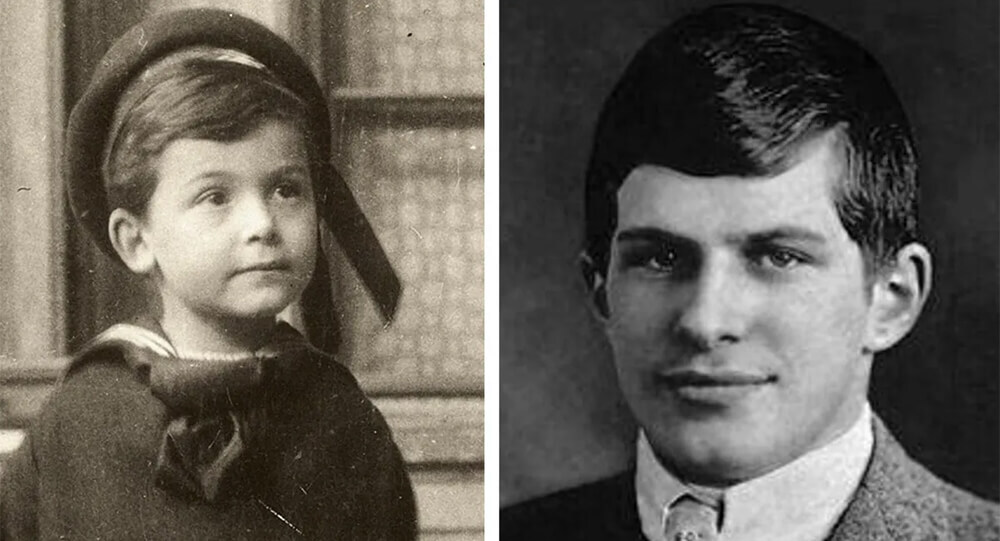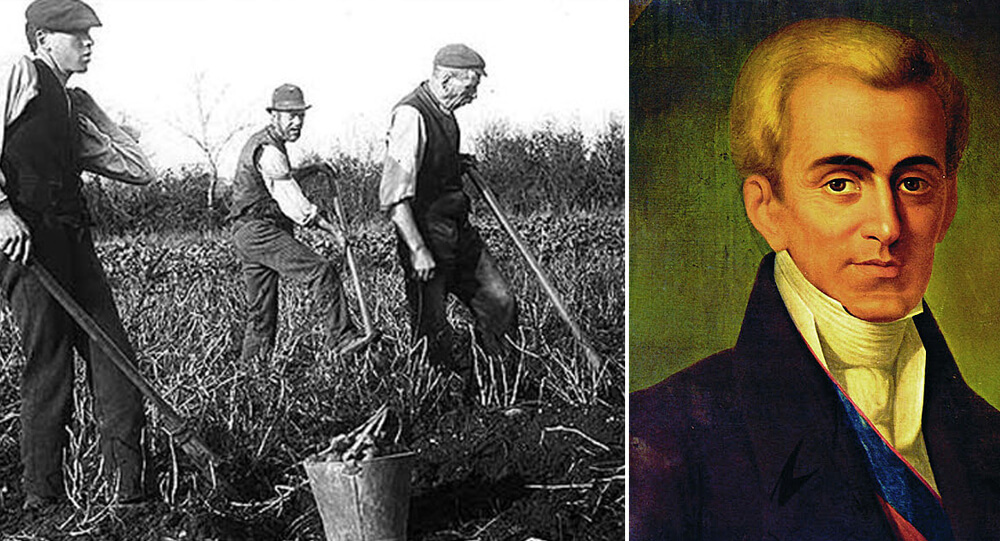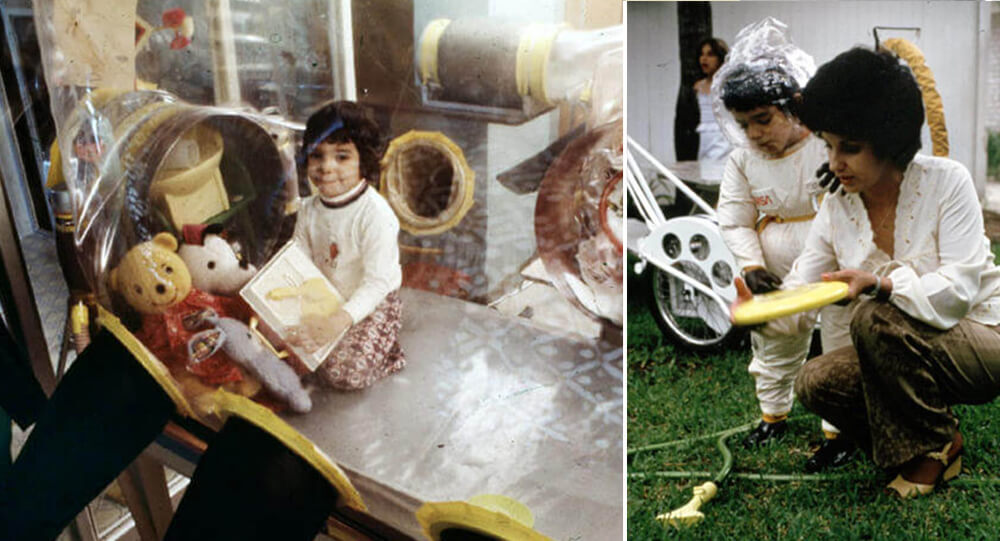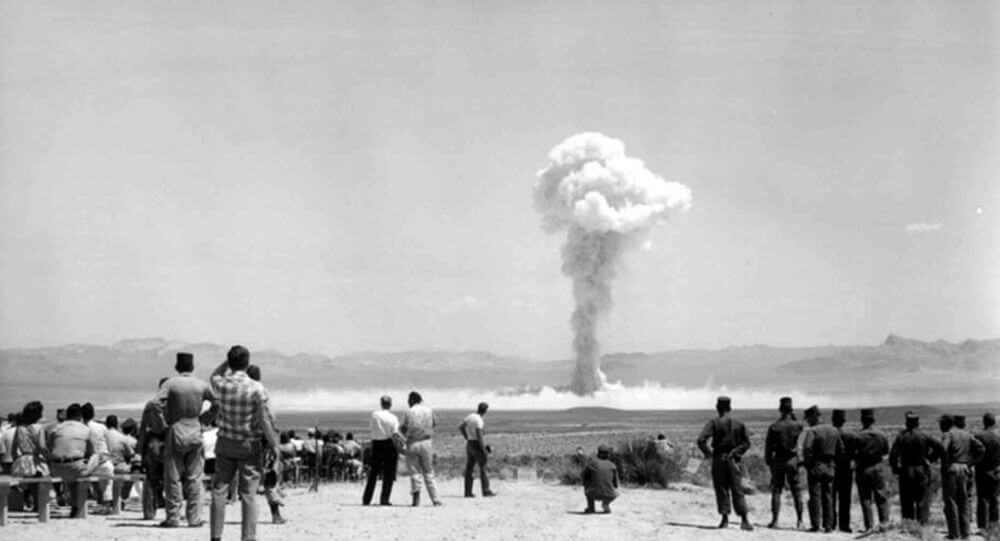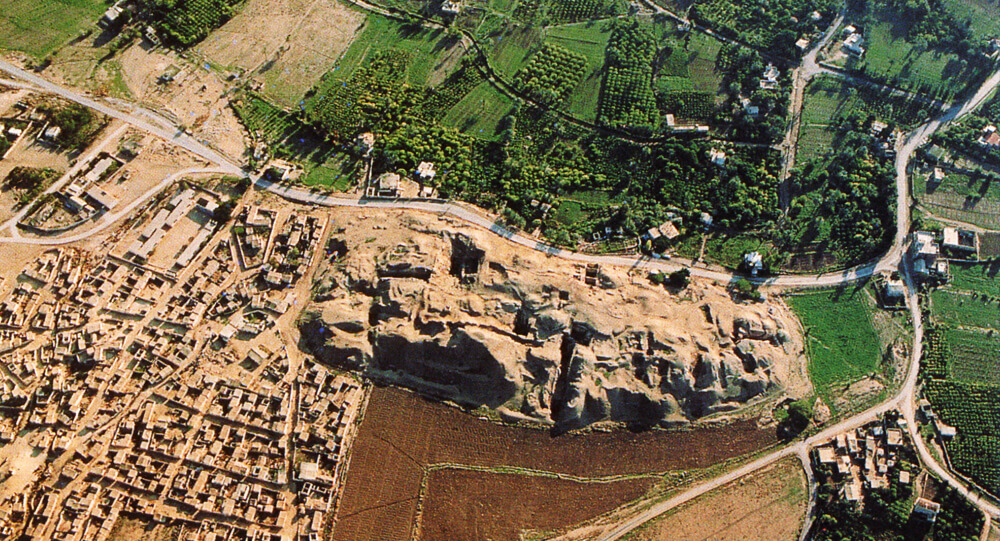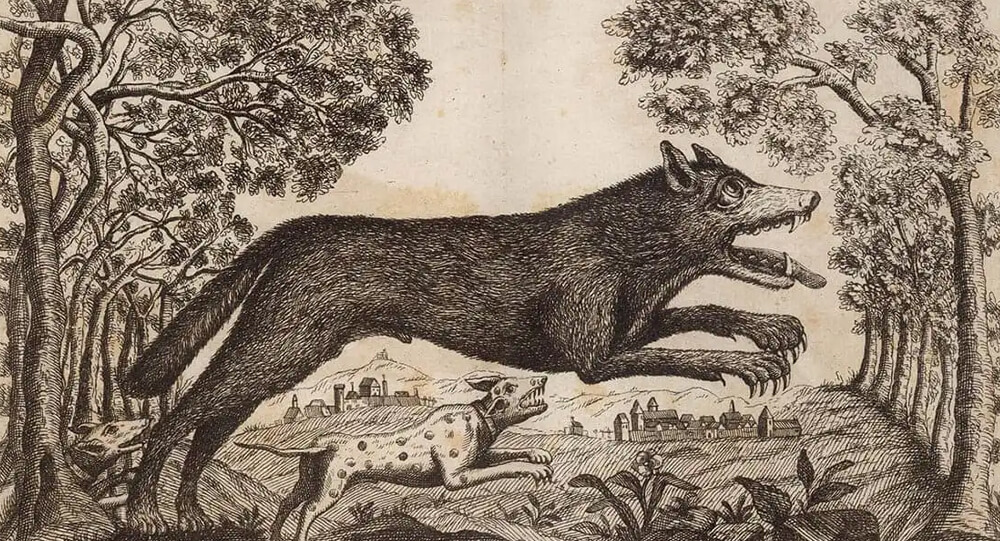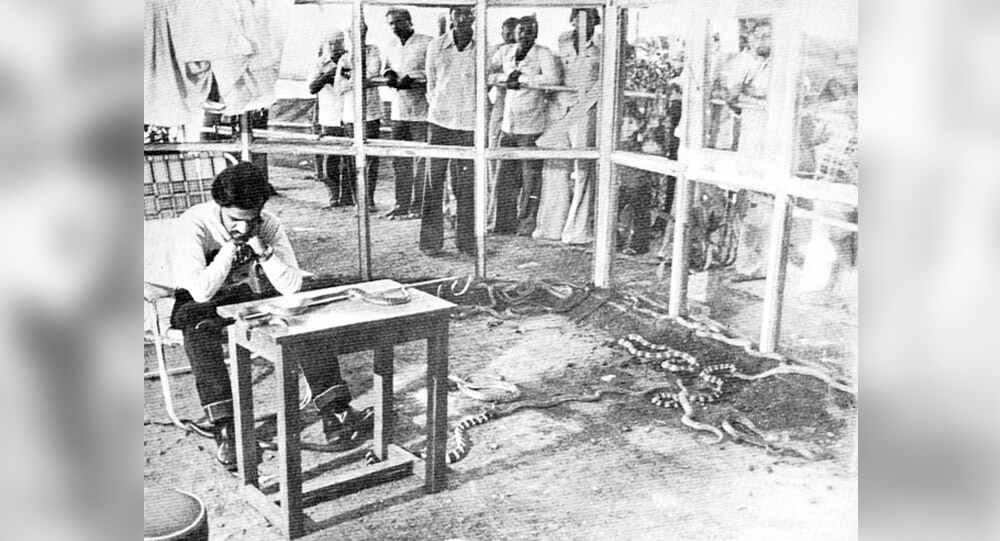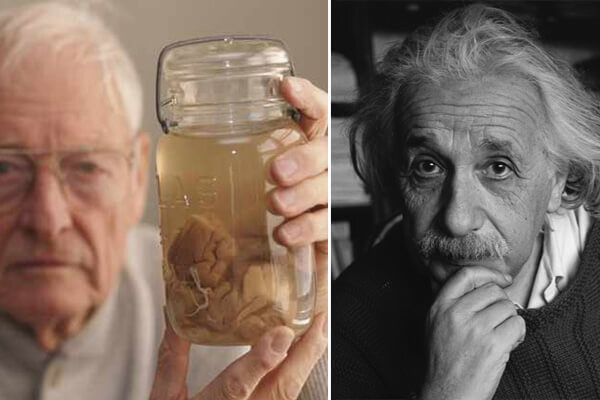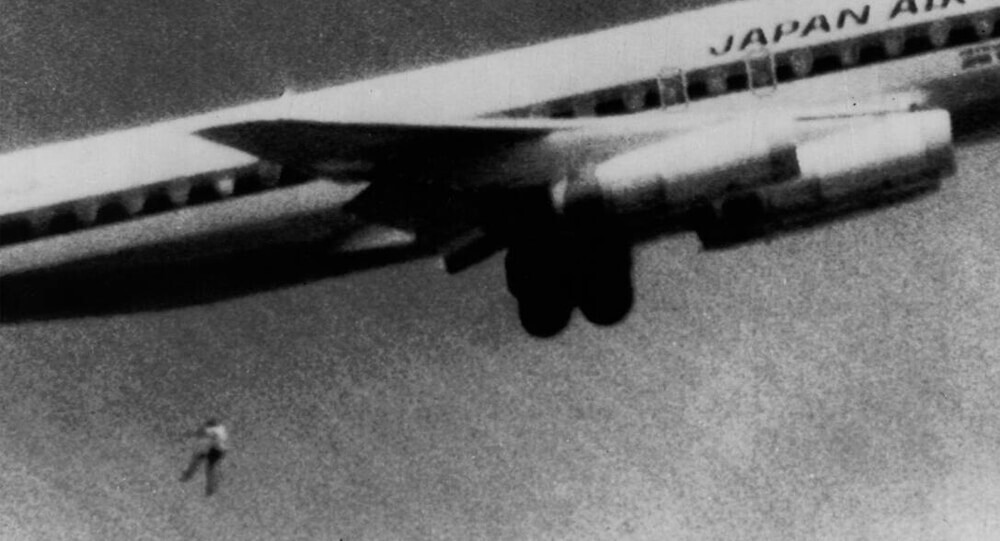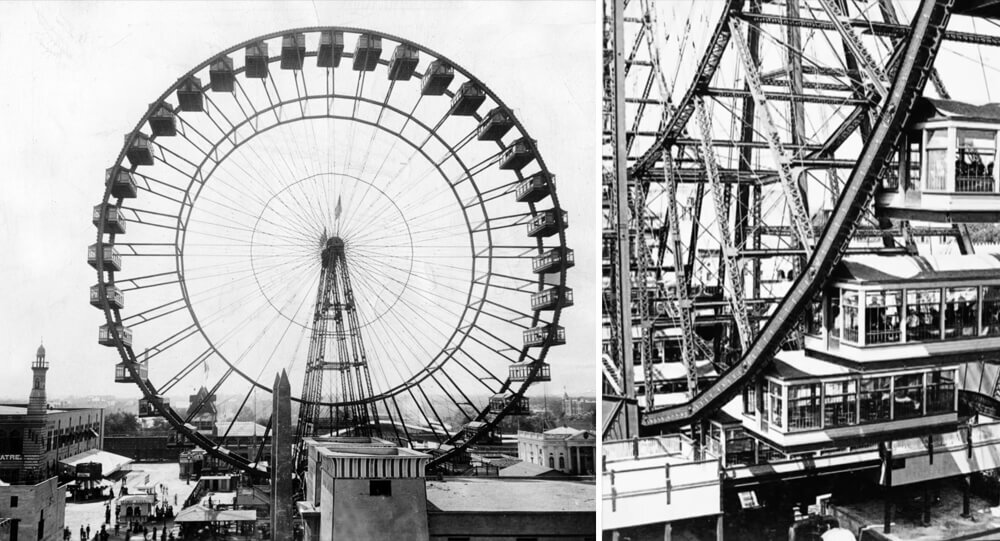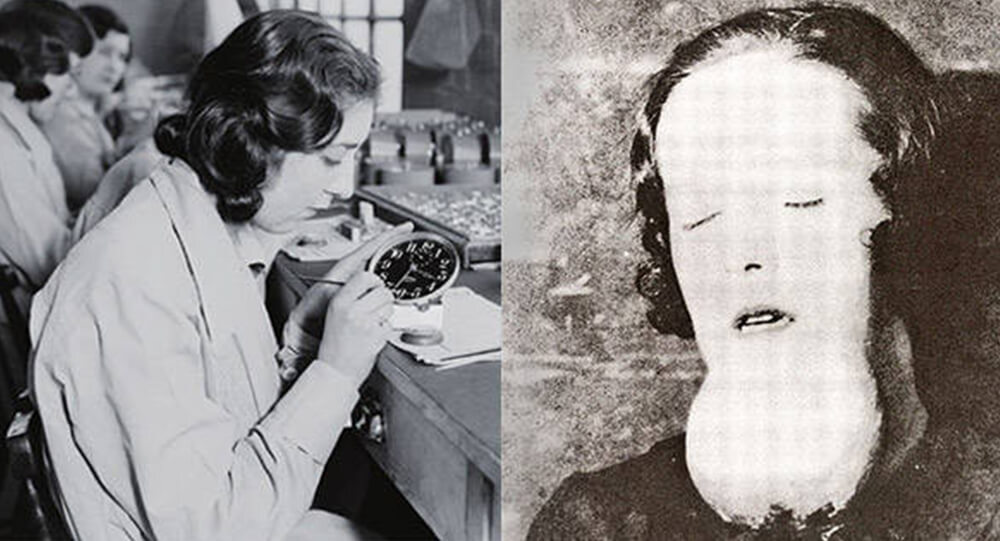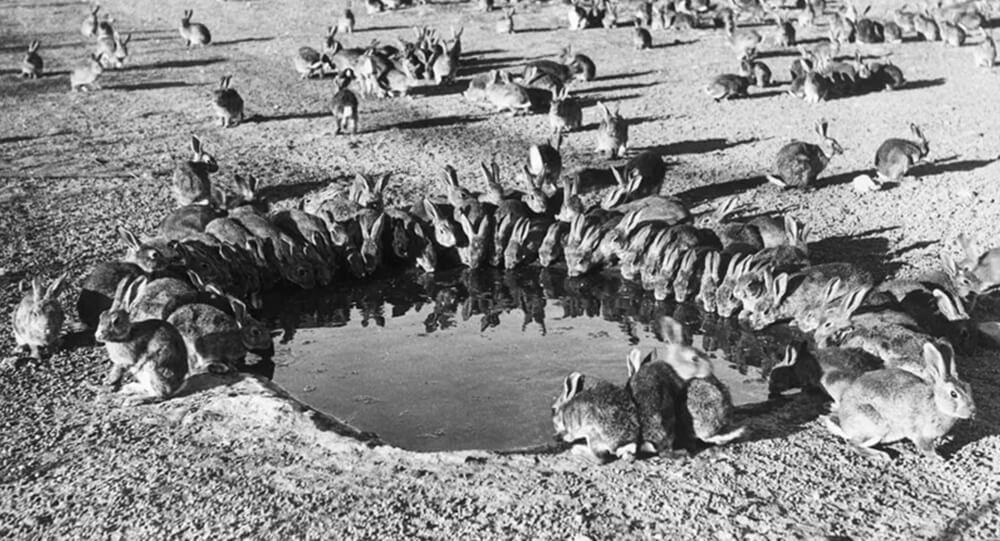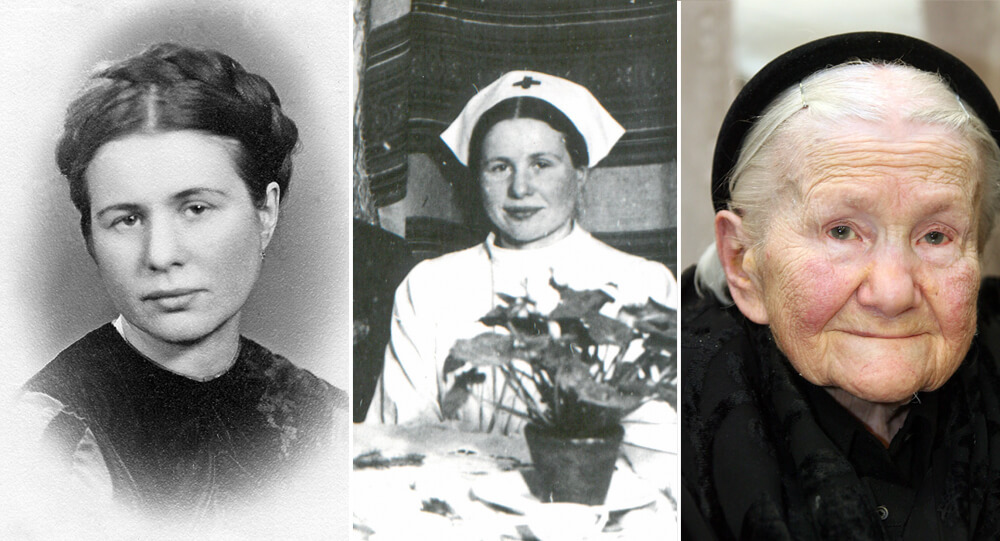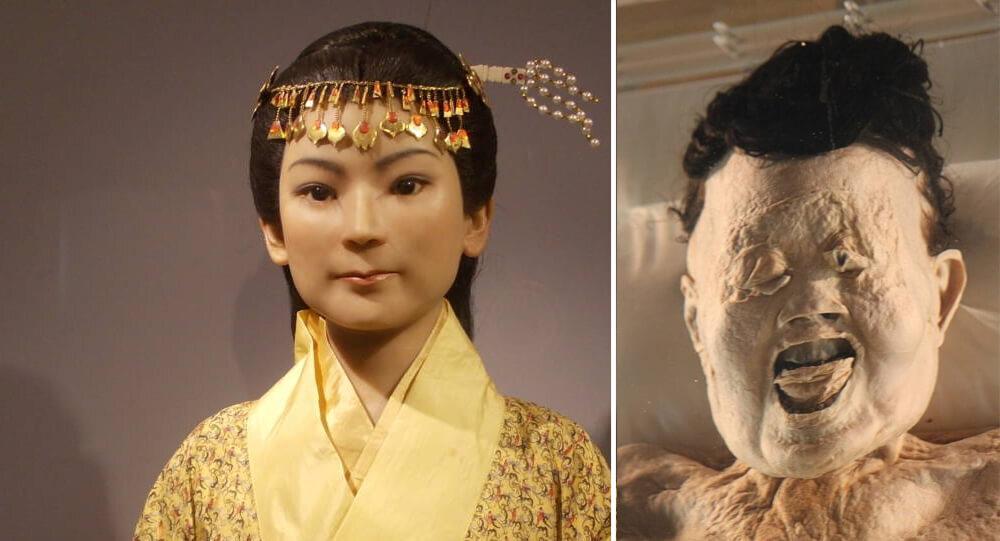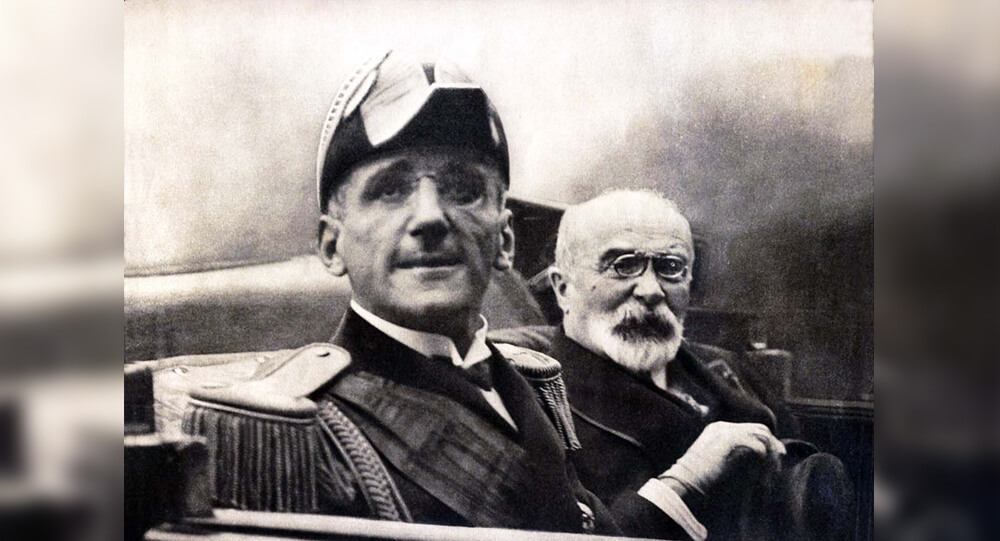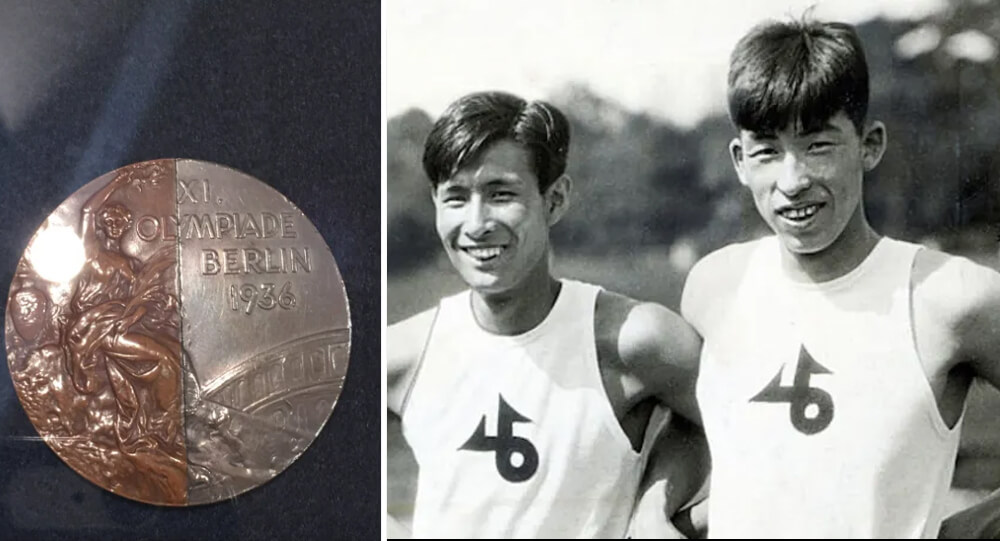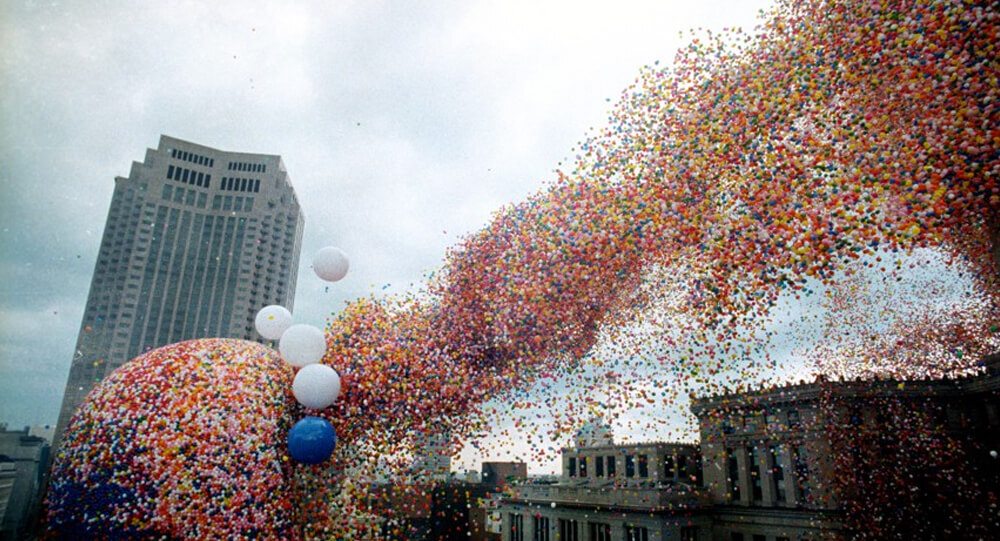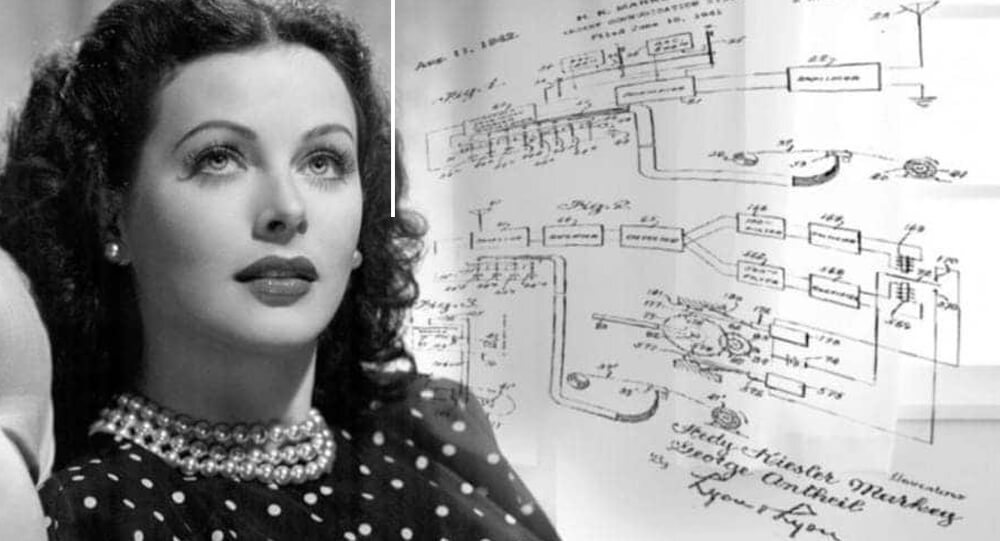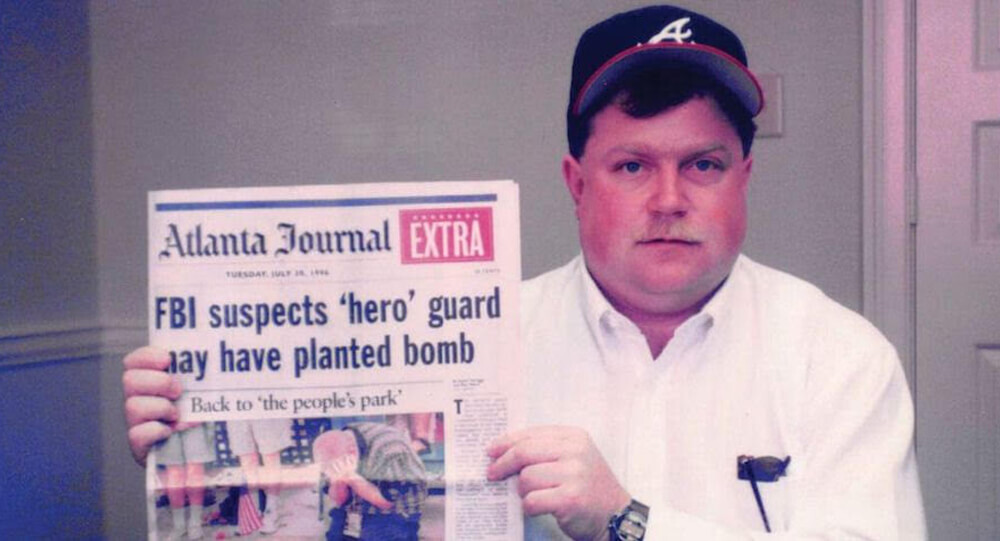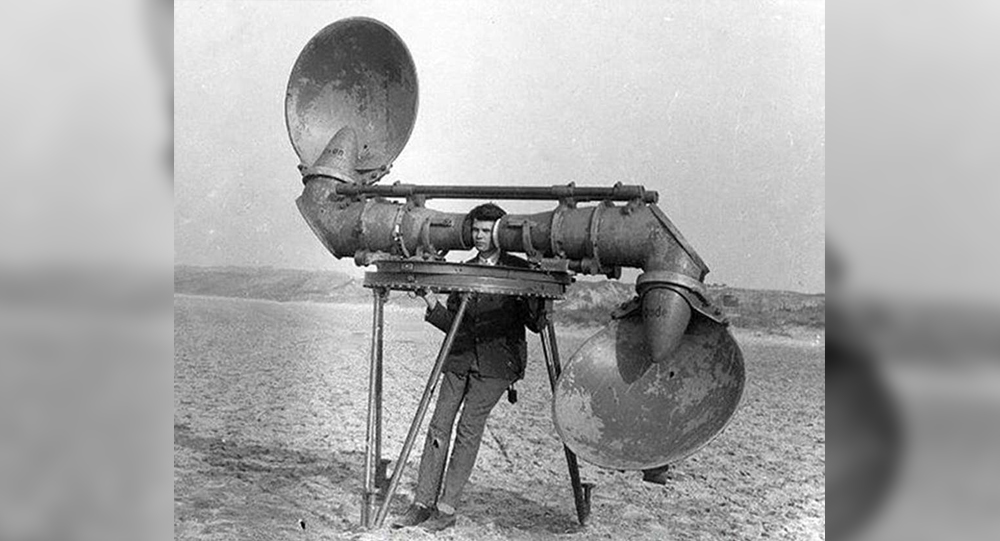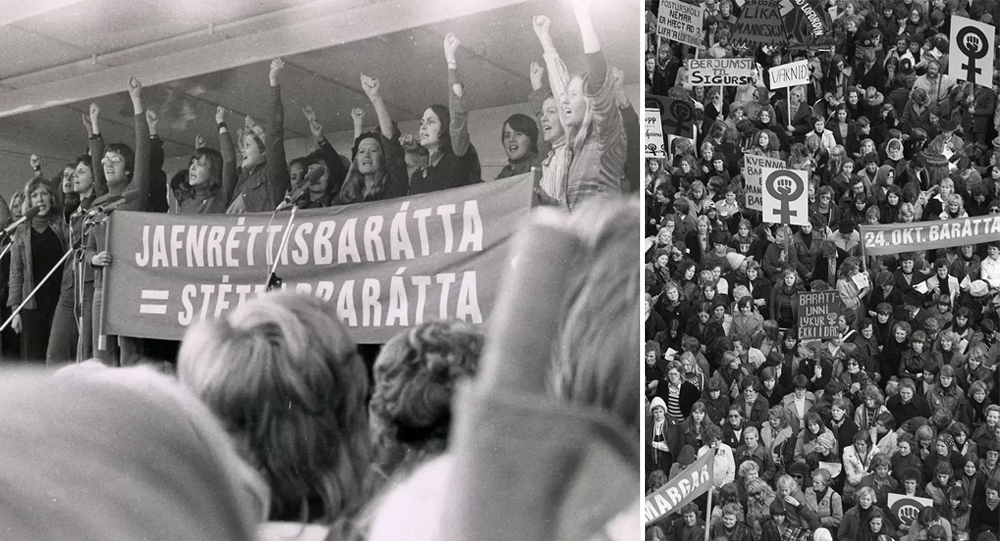
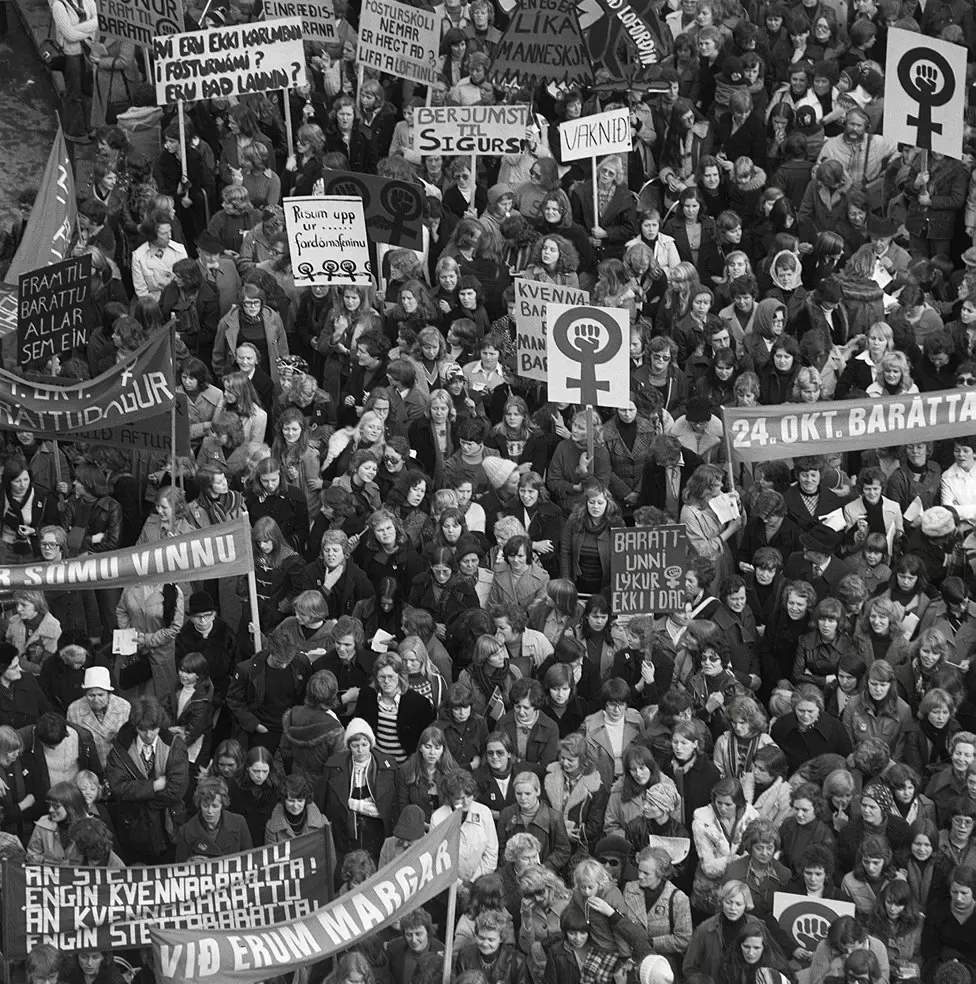
Icelandic women went on strike forty years ago, refusing to work, cook, or watch the kids for a day. A turning point in the nation’s perception of women, it propelled Iceland to the forefront of the fight for equality.
One young boy in Iceland was horrified when Ronald Reagan was elected US President. When he saw the news on television, he exclaimed to his mother, “He can’t be president – he’s a man!”
Vigdis Finnbogadottir, a divorced single mother, had been elected president of Iceland the previous summer. It was November 1980. The boy was unaware that Vigdis, who goes by her first name in Iceland, was the first democratically elected female president in Europe and the entire world.
Since Vigdis held the presidency for 16 years, years that helped Iceland establish itself as “the world’s most feminist country,” it’s possible that many more Icelandic children came to believe that being president was a woman’s role.
But Vigdis maintains that if not for the events of one bright day, the 24th of October 1975, when 90% of the nation’s women decided to strike in protest of their importance, she would never have become president.
They took to the streets in their thousands to protest for equal rights with men rather than going to work, doing chores around the house, or caring for children.
Vigdis considers it to be a turning point in history. In Iceland, it is known as the Women’s Day Off.
“What happened that day was the first step for women’s emancipation in Iceland,” she claims. The nation was completely paralyzed, and many men had their eyes opened.
Many fathers were forced to take their children to work because banks, factories, some shops, schools, and nurseries had to close. There have been stories of men stocking their desks with candy and crayons to occupy the throngs of overexcited kids. Because they are simple to prepare and beloved by kids, sausages were in such high demand that stores ran out.
For some fathers, it served as a baptism by fire, which may help to explain why the day has also been referred to as the Long Friday.
“We heard children playing in the background while the newsreaders read the news on the radio, it was a great thing to listen to, knowing that the men had to take care of everything,” recalls Vigdis.

The phone was frequently answered by husbands who had stayed at home to care for the children as radio presenters called homes in rural areas of the country to determine how many rural women were taking the day off.
A framed black-and-white photo of the largest rally, which was held in Reykjavik’s Downtown Square and was one of more than 20 that were held across the nation, is on Vigdis’ lap as we speak in her home.
Amidst the 25,000 women who gathered to sing, hear speeches, and discuss what could be done is Vigdis, her mother, and her three-year-old daughter. A lot of people showed up for an island with only 220,000 residents.
She was the artistic director of the Reykjavik Theatre Company at the time, and she and her female coworkers skipped dress rehearsals to join the protest.
The women who were gathered on the square in the bright sunshine felt a strong sense of unity and solidarity, according to Vigdis. The theme song from the BBC television show Shoulder to Shoulder, which was about the Suffragette movement and had previously aired in Iceland that year, was played by a brass band.
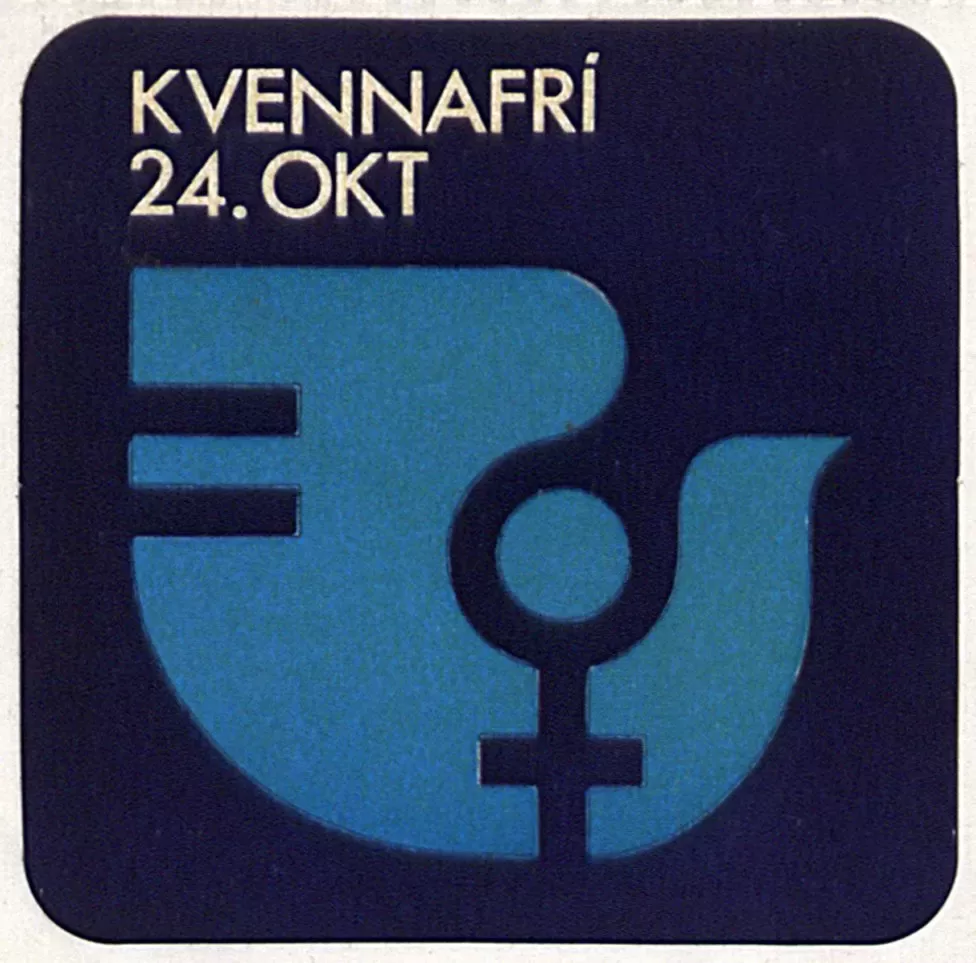
Iceland was the third country after New Zealand and Finland to grant women the right to vote, in 1915. But only nine women were elected to parliament over the following 60 years. The fact that there were only three female MPs in office in 1975, or 5% of the parliament, as opposed to between 16% and 23% in the other Nordic nations, was a major source of resentment.
The Red Stockings, a radical women’s movement founded in 1970, were the ones who first proposed the idea of a strike, but some Icelandic women found it to be too confrontational.
“The Red Stockings movement had already caused quite a stir for their attack against traditional views of women – especially among older generations of women whom had tried to master the art of being a perfect housewife and homemaker,” says Ragnheidur Kristjansdottir, senior lecturer in history at the University of Iceland.
However, after being renamed “Women’s Day Off,” the strike received almost complete support, including strong backing from the unions.
According to Ragnheidur, “the event’s schedule itself reflected the emphasis that had been placed on bringing together women from all social and political backgrounds.”
Women’s suffrage around the world
Iceland was not the first country to give women the right to vote, but it was well ahead of the curve.
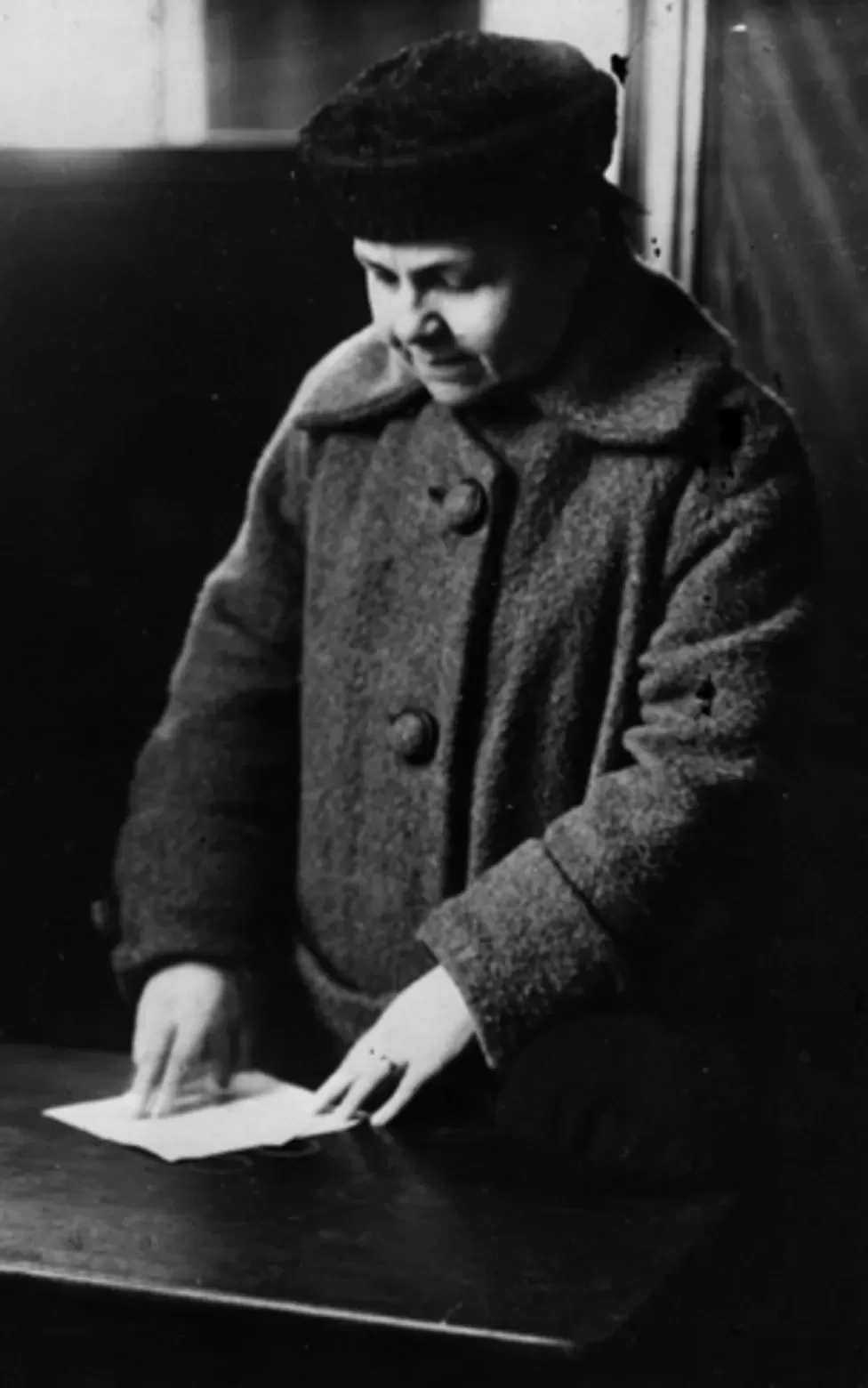
A housewife, two MPs, a representative of the women’s movement, and a woman worker were among the speakers at the Reykjavik rally.
Adalheidur Bjarnfredsdottir, head of the union for women cleaning and working in hospitals and schools’ kitchens and laundries, made the closing remarks.
Despite not being accustomed to public speaking, Audur Styrkarsdottir, director of Iceland’s Women’s History Archives, claims that she made her name with this speech because it was so powerful and motivating. Later on, “she went on to become a member of parliament.”
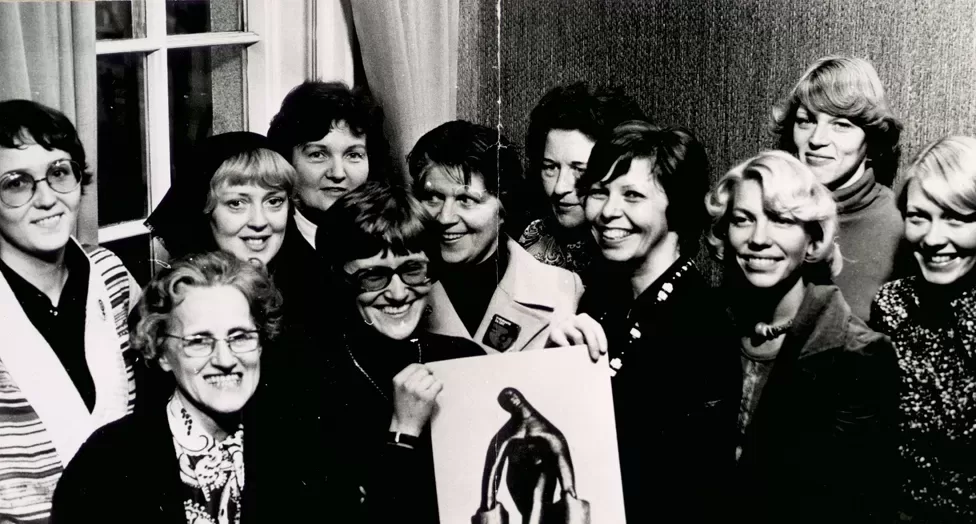
The event’s organizers were successful in getting national newspapers, radio stations, and television stations to run stories about sex discrimination and low pay for women in the months prior to the event. Additionally, the story garnered interest internationally.
But what were the men’s thoughts on it?
According to Vigdis, “I believe at first they thought it was something humorous, but I can’t remember any of them being angry.” Men realized they would have lost support if they opposed it or refused to give women time off.
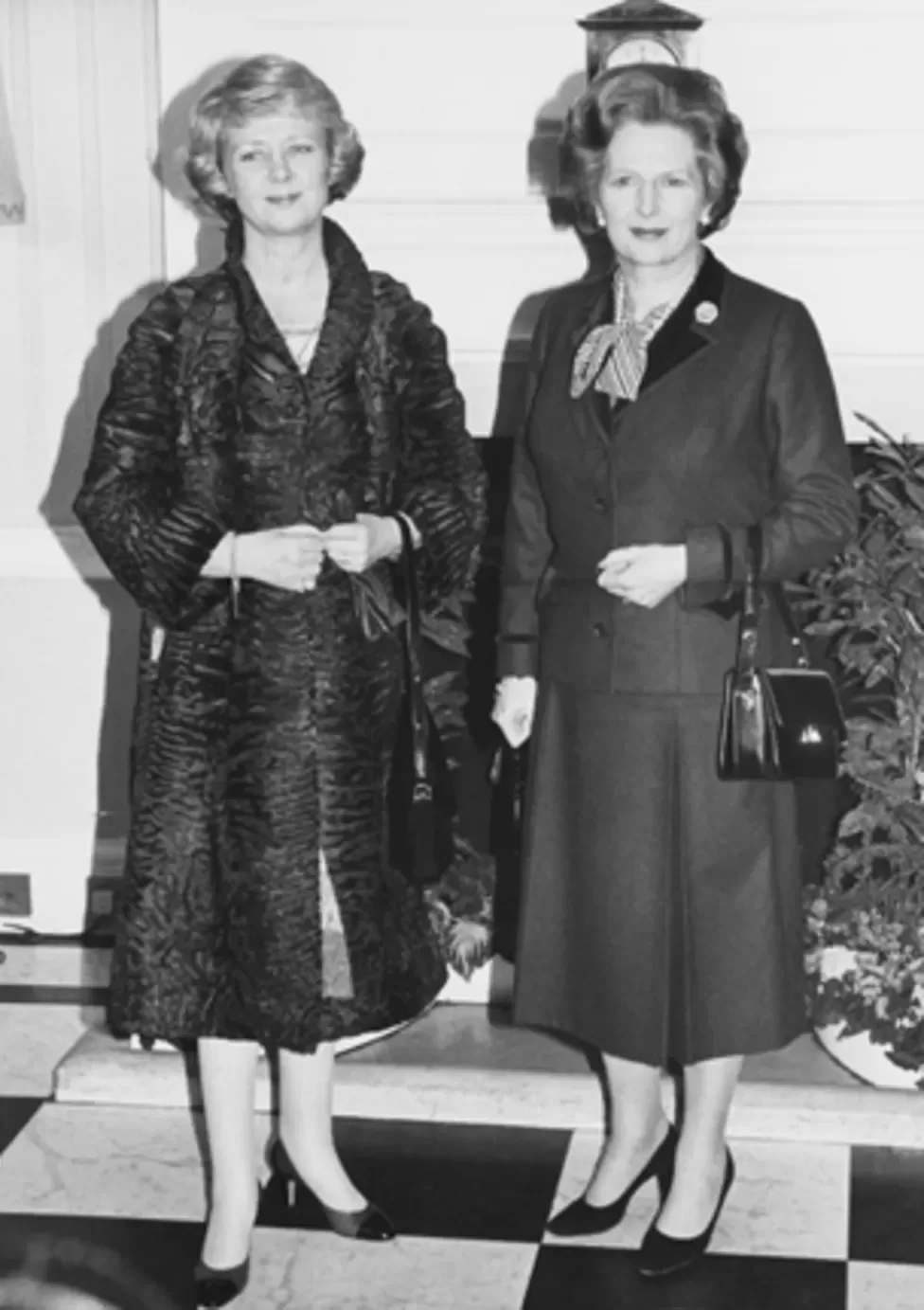
A few reports of men acting differently from how Vigdis describes them exist. One of the main speakers’ husbands was reportedly confronted by a coworker who said, “Why do you let your woman howl like that in public places? I would never let my woman do such things.” The husband reportedly responded, “She is not the sort of woman who would ever marry a man like you.”
Even though Styrmir Gunnarsson was the co-chief editor of the conservative newspaper Morgunbladid at the time, he had no issues with the notion. He claims, “I don’t believe I’ve ever supported a strike, but I didn’t see this action as a strike.” It was a successful event that demanded equal rights.
That day, no women were employed by the paper. He recalls that none of them were required to take the day off work or forfeit their pay, and they all came back at the stroke of midnight to assist in finishing the newspaper. Though it was only 16 pages long instead of the usual 24.
At the time, “probably the majority of people undervalued this day’s impact; later, both men and women began to realize that it was a watershed,” the author claims.
He also notes that strong women have always existed in Iceland, as evidenced by the (fantasy) Icelandic Sagas.
Life in Iceland was challenging for centuries, according to Styrmir. “Our past is in our blood,” he says. Those who made it through had to be tough.
Although at least one member of the Red Stockings saw the Women’s Day Off as a missed opportunity—a nice party that didn’t really change anything—it is widely acknowledged in Iceland as a pivotal event.
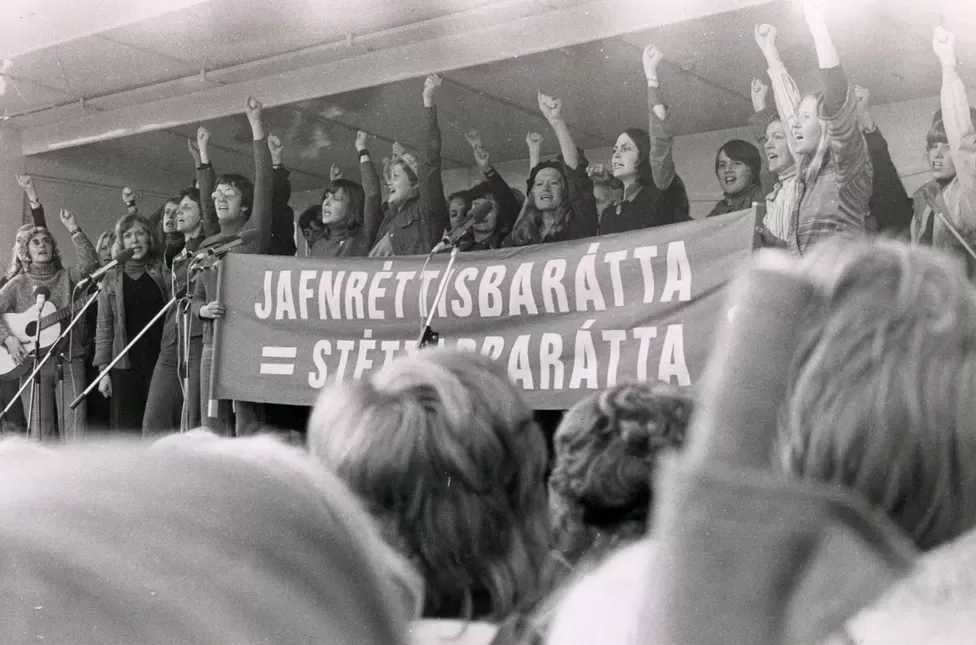
Vigdis is opposed. The following day, “things returned to normal, but with the knowledge that women are as much the pillars of society as men are,” she claims. “So many businesses and institutions were forced to shut down, which demonstrated the power and necessity of women and completely altered the way that people thought.”
Vigdis won the presidency five years later over three other men. She gained so much popularity that she won two of the three subsequent elections without a challenger.
Then came additional landmarks. In the 1983 parliamentary election, all-female shortlists were present, and the Women’s Alliance gained its first legislative seats at the same time. Paid paternity leave was made available to men in 2000, and Johanna Sigurdardottir, the first openly gay head of government in the world, became the nation’s first female prime minister in 2010. During that same year, strip clubs were outlawed.
Iceland still has a ways to go, according to Saadia Zahidi, head of Gender Initiatives at the World Economic Forum (WEF).
Although there are more women than men enrolled in college, there is still a gender gap in the workforce, according to her.
Although there are more women than men enrolled in college, there is still a gender gap in the workforce, according to her.
“Women and men are almost equally represented in the labor force; in fact, women predominate in all skilled roles; however, they hold about 40% of leadership positions, and they receive lower pay than men for comparable roles.”
Nevertheless, Iceland has led the Global Gender Gap Index since 2009, according to the WEF. And if only three out of 63 members of parliament were women at the time of the Women’s Day Off, that number has increased to 28, or 44%.
The phrase “The steps so quickly fill up with snow” refers to a tendency in Iceland to relegate things to the past, according to Vigdis. But we continue to discuss that day because it was so wonderful.
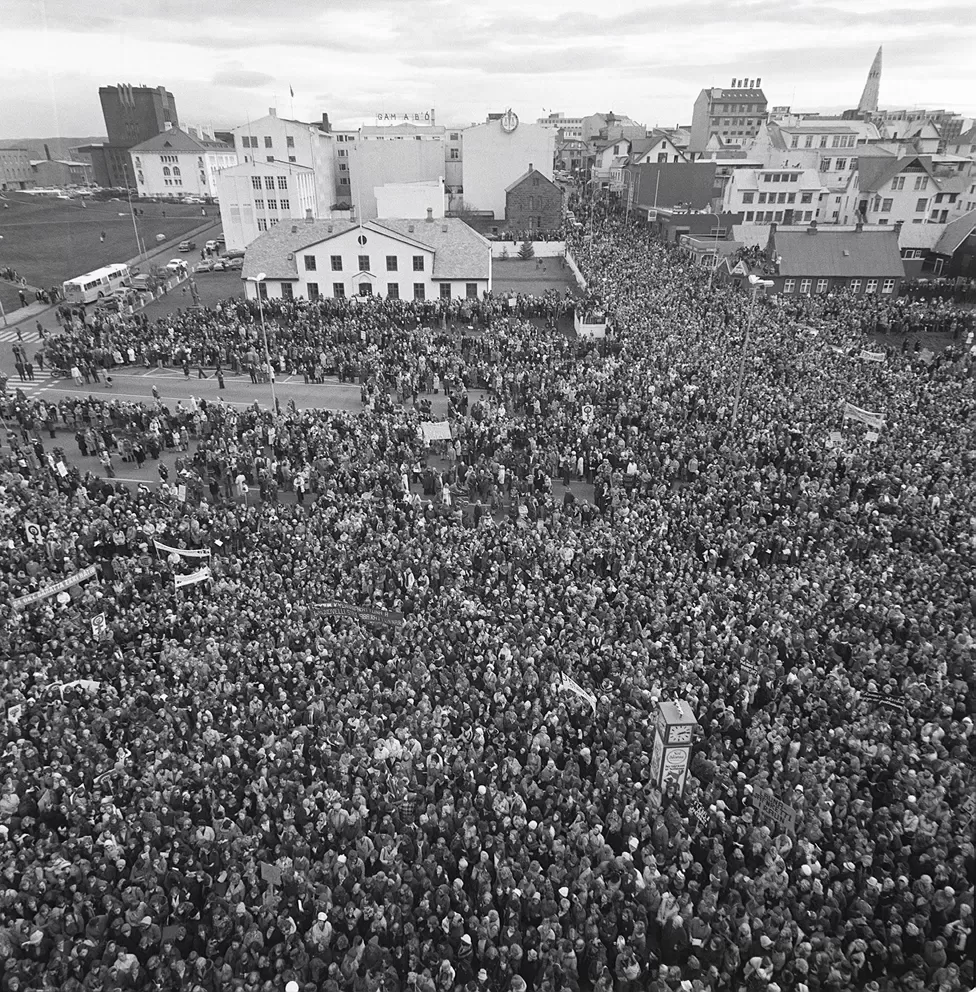

Mother who spent entire life savings for daughter’s cancer treatment won the lottery
A mother won $2 million from a $10 scratch-off lottery ticket after she spent all of her entire life savings to pay her daughter’s cancer treatment. She bought the winning ticket after her daughter’s last cancer treatment.

William James Sidis: The smartest person yet forgotten by people
William James Sidis, who was only 11 years old when he enrolled in Hardvard, finished his primary and secondary schooling in less than a year. He knew eight foreign languages by the age of eight and even invented his own language, "vedergood."

How Greek prime minister in 1830’s tried to spread the potato in Greece
A Greek prime minister in 1830’s tried to spread the potato in Greece but people weren’t interested so he put armed guards in front of shipments of potatoes so people would think they were important. People later started stealing these potatoes a lot which spread the crop to all of Greece.

The touching story of David Vetter (bubble boy), the 'boy who lived in a bubble
David Vetter lived his whole 12 years in sterile “bubble”. He was “outside” for 20 second after being removed from his mother’s womb. He never touched any human.

Atomic Tourism: In the 1950s, nuclear tests in Las Vegas served as a draw for tourists
Between 1950 and 1960, Las Vegas offered “Atomic Tourism” in which guests could watch atomic bombs being tested in the desert as a form of entertainment.

Ancient Jericho: The First Walled City In History
The ancient city of Jericho is the world's oldest walled city, with evidence of stone fortifications dating back nearly 9000 years.

What Was the Beast of Gévaudan?
Between 1764 and 1767, a mysterious animal called the Beast of Gévaudan terrorized the French village called Gévaudan. It attacked and killed about 100 adults and children. While most believe it was a wolf, some say it may have been a wolf-dog hybrid, hyena or even a lion, but without any genetic evidence, the beast will remain a mystery forever.

The story of a man who spent 72 hours with 72 venomous snakes to prove they only bite when provoked
In the 1980s, an Indian man spent 72 hours in a glass cabin with 72 snakes, some of which were extremely venomous. His aim was to prove that snakes only attack when provoked. Remarkably, he was not bitten once in those 72 hours and even set a Guinness World Record in the process.

The mysterious secret of Dr James Barry
Before women were allowed to enroll in medical school, Margaret Ann Bulkley studied medicine and assumed the identity of Dr. James Barry for 56 years while dressing as a man. After 46 years of service as an army doctor officer, her secret was not made public until after her death in 1865.

Albert Einstein’s brain after it was stolen from his body
Albert Einstein's brain was taken by the opportunistic pathologist who performed his autopsy hours after he died and kept in two jars for 30 years. The stolen brain of Albert Einstein was preserved in a cookie jar for 30 years until being discovered by a journalist.

The history of Flour sack clothing fashion
After Kansas mill owners found women reused flour sack materials into apparel in the 1920s and 1930s, they started applying patterned designs to give families with more fashionable patterns and material.

Keith Sapsford: The Story of 14-Year-Old Stowaway
The final image of 14-year-old Australian Keith Sapsford, who aspired to travel the world. In February 1970, he sneaked into the wheel-well of a plane flying from Sydney to Tokyo. It opened mid-air & fell out. When a photographer was testing a new lens, he captured this moment on film and was surprised when it developed.

how Ferris wheel invented
In 1891, Chicago challenged engineers to create a structure to surpass the Eiffel Tower for the World's Columbian Exposition. George Washington Gale Ferris jr. responded with the original Ferris Wheel, a giant rotating structure elevating visitors above the city. This invention became an iconic attraction at the fair.

The true story Of The Radium Girls that change US labor laws
Hundreds of young women worked in clock factories during World War I, painting watch dials with luminous radium paint. The company lied about the risk of radiation, claiming there was no danger, which resulted in the death of the young women.

How European Rabbits Took over Australia
In 1859, wealthy settler Thomas Austin released 13 wild rabbits on his Australian estate. By 1920, their population grew to 10 billion.

Irena Sendler: woman who rescued Jews during holocaust
Irene Sendler was the Zegota resistance group's head of the children's department. She risked her life to smuggle children out of the Warsaw ghetto, place them with Polish families or orphanages, give each child a new identity, and keep records so that they could be returned to their families. In 1943, the Gestapo arrested and sentenced her to death, but she was rescued by Zegota.

Xin Zhui And The Story Of The Stunningly Intact Lady Dai Mummy
A 2,000-year-old mummy of a Chinese woman, Xin Zhui, also known as “Lady Dai,” was preserved in 21 gallons of an “unknown liquid.” With her original hair, organs, eyebrows, and eyelashes intact, the mummy still has blood in her veins. Her skin and ligaments are soft and as flexible as that of a living person.

The Assassination Of King Alexander
The assassination of King Alexander of Yugoslavia marked a pivotal moment in the country's history. This article delves into the rise and reign of King Alexander, exploring his early life and ascension to the throne. It also examines the political and social climate in interwar Yugoslavia, setting the stage for the tensions and challenges that ultimately culminated in his tragic assassination. By understanding the context in which this event unfolded, we can better grasp the significance and impact it had on the nation and its future.

Medals of Friendship: The Enduring Olympic Story of 1936
At the 1936 Summer Olympics, two Japanese pole vaulters named Sueo Oe and Shuhei Nishida tied for second, but they declined to compete against each other. As a result, Nishida was awarded the silver medal and Oe won a bronze medal. Upon returning to Japan, the athletes had their medals cut in half and spliced together to create new "friendship medals," which were half silver and half bronze.

How Cleveland's Balloonfest in 1986 Turned Into a Public Tragedy
In Cleveland, Ohio, United Way broke the world record by deflating nearly 1.5 million balloons as part of a publicity stunt to raise money. The balloon obstructed a US Coast Guard search for two boaters who were subsequently discovered to have drowned, blocked airport runways, and blocked land and waterways.

Hedy Lamarr, A Hollywood actress who also a mathematician and inventor
Hollywood actress Hedy Lamarr was also a mathematician and the inventor of frequency hopping spread spectrum, a technology still used for bluetooth and wifi

The 440-pound bear named Wojtek and his World War II battle against the Nazis
Polish troops raised an orphaned bear cub during WWII. He enjoyed drinking beer, and was trained to salute. He became officially enlisted as a member of the forces, and helped carry artillery during battle.

During the 1996 Olympic bombing, Richard Jewell falsely accused of committing the crime after saving dozens of people
Richard Jewell, an American security guard, discovered a bomb during the 1996 Olympic Games in Atlanta and assisted in the evacuation, but was later wrongfully accused and faced public scrutiny. He was cleared, but it had a lasting impact on him until his death in 2007 at the age of 44.

Before Radar: How Giant Acoustic Mirrors Detected Enemy Aircraft in WWI and WWII
Long before radar revolutionized air defense, enormous acoustic mirrors and specialized sound locators stood as the first line of defense against enemy aircraft. Designed as giant “ears,” these structures amplified distant engine noises, allowing operators to detect incoming planes by sound alone. Dive into the intriguing world of these pioneering listening devices, their operation, limitations, and enduring legacy in military history.

Nicholas Winton ‘British Schindler’: Man who rescued 669 Czech children from Nazis
A man named Nicholas Winton saved 669 kids during WWII and lived almost all his life without letting people know.


